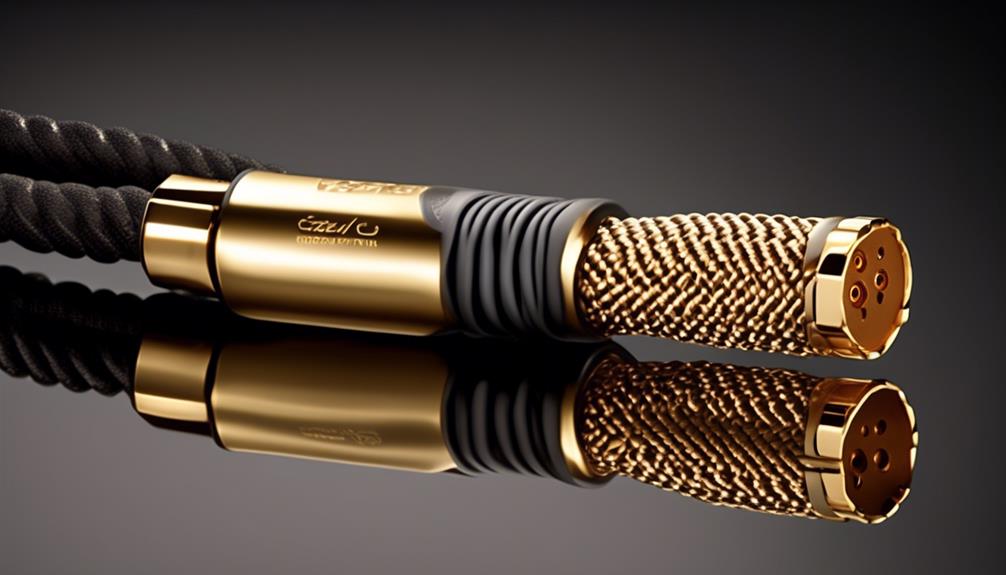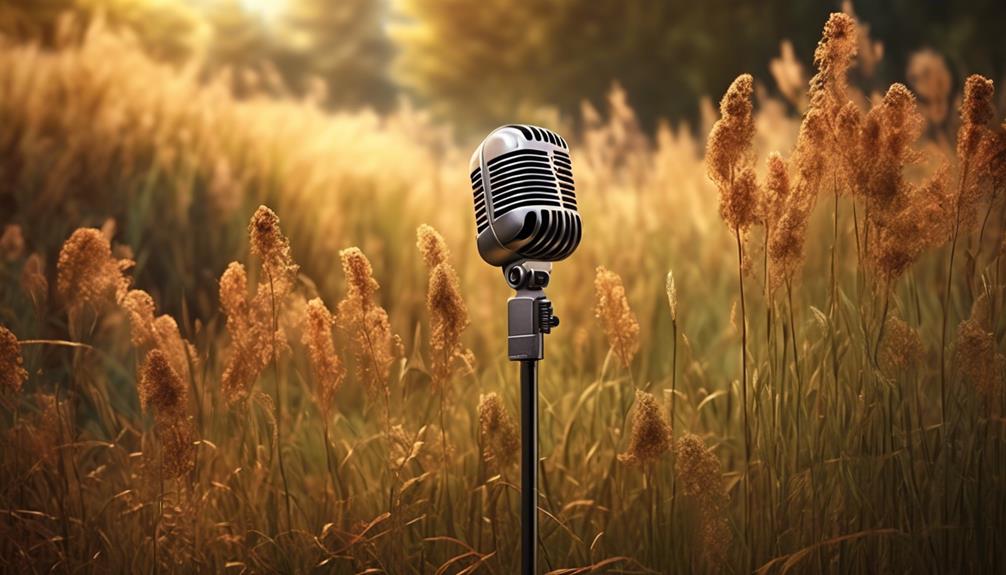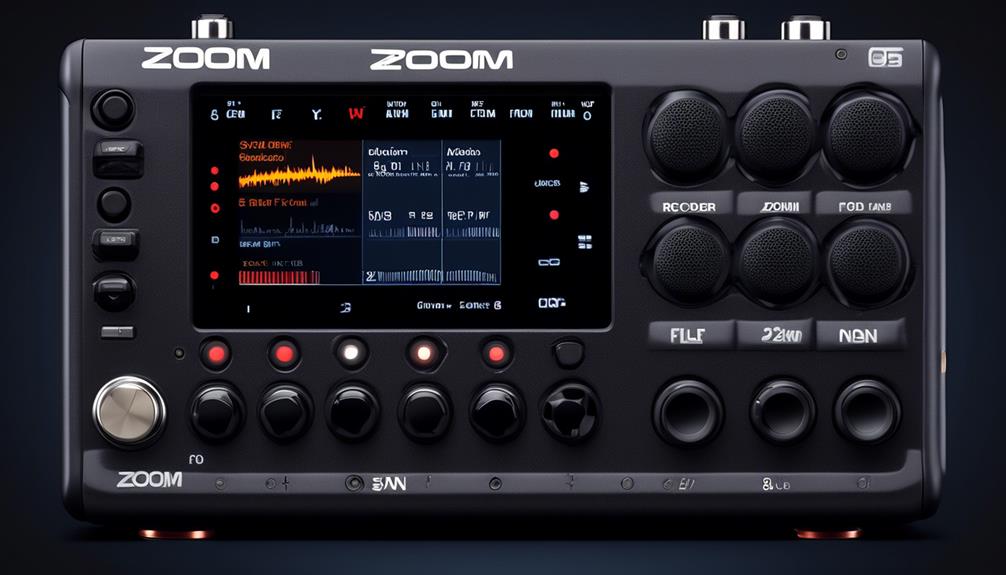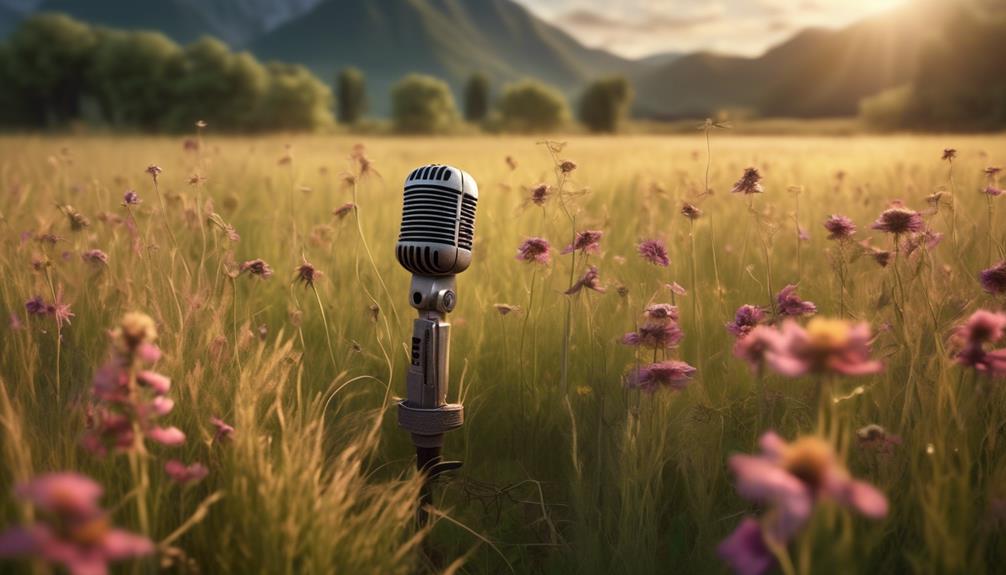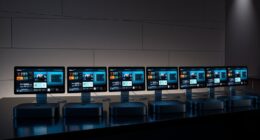Field recorders are essential tools for capturing audio recordings in different settings. Despite not being as fancy as studio recording equipment, they are crucial for various industries. Their versatility allows them to be used in a wide range of applications. Whether it’s capturing the sounds of a busy city or the tranquility of nature, their ability to capture genuine and distinctive sounds enhances the authenticity of media productions. This makes them a valuable tool for professionals in many fields.
Curious to find out how these recordings are used in different industries? Keep reading to uncover the many purposes of field recorders.
Key Takeaways
- Field recorders are versatile tools used in various fields such as music production, film and video production, sound design, nature and environmental recordings, journalism, and podcasting.
- High-quality equipment and techniques like A/B, XY, and M/S capture pristine audio and enhance the sonic landscape in compositions, films, and other media.
- Collaboration between sound engineers, production sound teams, and field recordists is crucial to achieve authentic and immersive sound effects.
- Creative microphone placement, sound diffusion techniques, and understanding the nuances of the environment contribute to unique and high-quality recordings.
Music Production and Composition
Employing field recorders in music production and composition involves capturing ambient and environmental sounds to enhance the sonic landscape of a piece. This process requires high-quality field recording equipment to ensure the capture of pristine audio. By utilizing professional-grade field recorders and microphones, the sound quality of the recorded nature sounds is preserved, allowing for a seamless integration into music compositions.
The art of capturing audio in its natural environment is crucial for creating immersive and authentic soundscapes within music. The flexibility and portability of field recording equipment enable composers and producers to capture audio in various locations, providing a diverse range of sonic textures for their compositions. Techniques such as A/B, XY, and M/S are utilized to capture different perspectives and spatial characteristics of the environment.
Furthermore, innovative approaches like creative microphone placement and sound diffusion techniques are employed to achieve unique and captivating recordings. The integration of field recordings in music production and composition demands meticulous attention to detail and a deep understanding of audio capture and manipulation techniques.
Film and Video Production
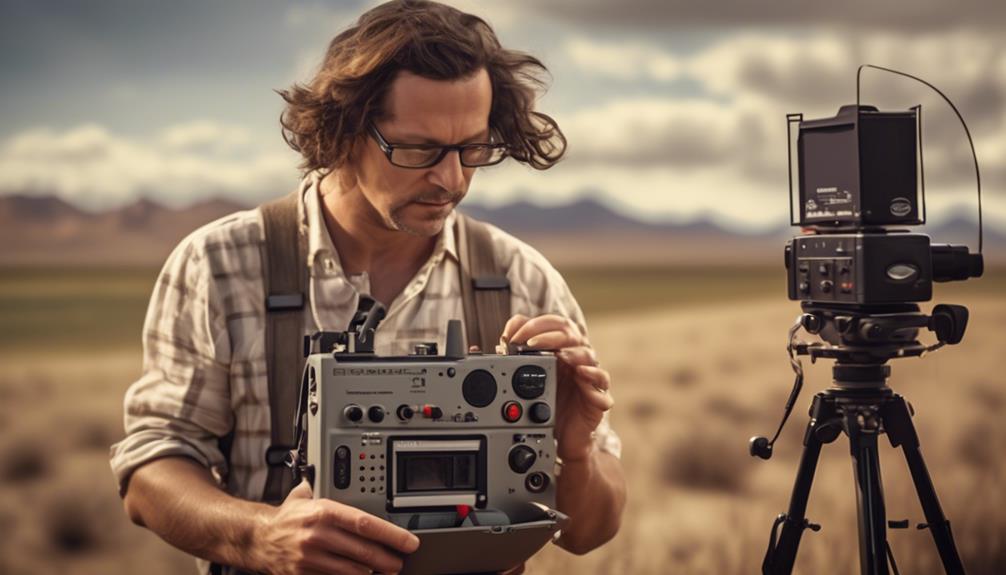
In film and video production, field recording serves as a crucial method for capturing natural and human-produced sounds, electromagnetic fields, and vibrations outside of controlled studio environments. These recordings are essential for creating authentic sound effects in films, video games, and other media.
Field recordists play a pivotal role in capturing high-quality recordings that can transport audiences into different worlds through sound. The demand for field recordings has increased with the advancement of digital audio technologies, requiring sound engineers and production sound teams to collaborate closely with field recordists to achieve the desired audio effects.
The use of specialized microphones and recording equipment is imperative for capturing the nuances of sound in diverse outdoor settings, from bustling urban environments to serene natural landscapes. Furthermore, the techniques involved in field recording have evolved to include innovative approaches like creative microphone placement and sound diffusion, contributing to the continual development of new recording methods.
As a result, field recording has become an indispensable part of the audio production process in the realm of film and video production.
Sound Design and Audio Engineering
Sound design and audio engineering require a comprehensive understanding of acoustics, signal processing, and psychoacoustics to manipulate and create sonic experiences across various media platforms.
Field recording plays a crucial role in these disciplines, capturing a diverse range of sounds outside of controlled environments. Utilizing high-quality equipment such as the Zoom H1n and Zoom F8N digital recorders, field recordists employ techniques like A/B, XY, and M/S to capture low-level and complex ambient noises.
Condenser mics are commonly used in field recording due to their sensitivity and ability to capture the nuances of the sound source. However, challenges like wind noise can be mitigated through proper microphone selection and placement.
In sound design and audio engineering, field recording techniques continue to evolve, with new methods including creative microphone placement and the diffusion of captured sounds. This constant innovation and experimentation in field recording contribute to the creation of immersive sonic experiences, allowing for a deeper connection between the audience and the audio content.
Nature and Environmental Recordings
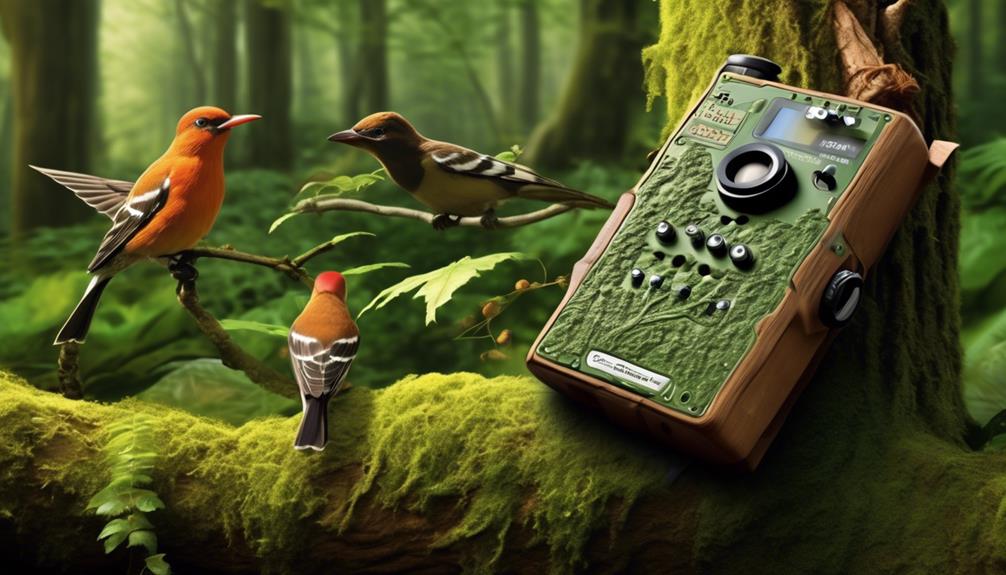
Field recording techniques, such as creative microphone placement and the diffusion of captured sounds, have expanded into the realm of nature and environmental recordings, enriching sonic experiences in various media platforms. When recording outside of a controlled environment, portable recording equipment becomes essential for capturing the intricate and diverse sounds of nature. Specifically, capturing bird sounds and other natural sounds requires high-quality sound equipment with a wide frequency response to faithfully reproduce the richness of the environment.
Below is a table outlining the essential features for nature and environmental recordings:
| Feature | Description |
|---|---|
| Portable Recording | The ability to record in remote locations, capturing the genuine essence of nature and environmental ambience. |
| High-Quality Sound | Equipment with low noise floor and high dynamic range to capture the intricate details of natural sounds. |
| Frequency Response | Wide frequency range to accurately capture the diverse sounds present in nature, from low rumbles to high pitches. |
| Creative Microphone Placement | Utilizing various microphone techniques to capture the spatial depth and immersive quality of environmental sounds. |
Achieving high-quality nature and environmental recordings involves understanding the nuances of the natural world and utilizing the right tools to capture its essence faithfully.
Journalism and Podcasting
Utilizing advanced field recording techniques in journalism and podcasting enhances the authenticity and immersive quality of audio content. In journalism, field recording allows for on-location interviews and ambient sound gathering, providing a real sense of place for the audience. For podcasting, field recording enables the creation of high-quality, engaging content by capturing diverse sounds and environments.
When used in these contexts, field recordists often rely on recording devices with XLR inputs to ensure high-fidelity audio capture. The mics come in various types, such as lavalier and shotgun, each serving specific purposes in different recording situations.
Additionally, field recordings used in journalism and podcasting often undergo post-production editing, where software like Adobe Audition is employed to refine the audio, remove unwanted noise, and enhance the overall sound quality.
Frequently Asked Questions
Why Do People Do Field Recordings?
We do field recordings to capture:
- Nature sounds
- Cultural preservation
- Soundscapes
- Environmental studies
- Wildlife documentation
- Urban exploration
- Historical preservation
- Music production
- Ethnographic research
- Atmospheric recordings
Field recorders help us gather authentic audio from diverse locations, ensuring the preservation of natural and cultural heritage. These recordings provide valuable resources for various disciplines and industries, allowing for the creation of immersive experiences and the documentation of important sounds.
Do I Need a Field Recorder?
We absolutely need a field recorder for its portable options, high audio quality, and versatility in capturing environmental sounds.
In professional use, it's indispensable for field research, remote locations, sound design, and documentary filmmaking.
There are budget options with versatile features to consider.
With new techniques and equipment, field recorders offer unparalleled capabilities for capturing and manipulating sound outside of a studio environment.
What Is the Difference Between a Camera and a Field Recorder?
When comparing a camera and a field recorder, the difference lies in their focus on image capture and sound recording, respectively. A camera prioritizes cinematography and image capture, while a field recorder emphasizes audio quality and sound recording.
Cameras are often used in controlled settings for scripted content, whereas field recorders excel in capturing environmental sounds and natural ambience during field work.
This distinction highlights the complementary roles of video production and audio engineering in achieving realism and versatility in post production.
What Is the Difference Between Field Recording and Studio Recording?
Field recording differs from studio recording in several ways:
- It involves capturing outdoor sounds, mobile recording, and natural environments.
- Field recording focuses on live capture in remote locations, impromptu sessions, and environmental audio in uncontrolled settings.
- Field recorders are essential for on-the-go recording, capturing authentic ambiance, and unpredictable sounds.
This technique requires specialized equipment suitable for outdoor use and emphasizes the authenticity of the sound environment.
Conclusion
In conclusion, field recorders are invaluable tools for capturing authentic and unique audio recordings in a variety of settings. From music production and film production to sound design and journalism, field recorders play a crucial role in providing high-quality sound for various media.
But have you ever wondered how these small devices can capture such rich and detailed sounds? The answer lies in the advanced technology and professional equipment that make field recorders a must-have for any sound enthusiast.


